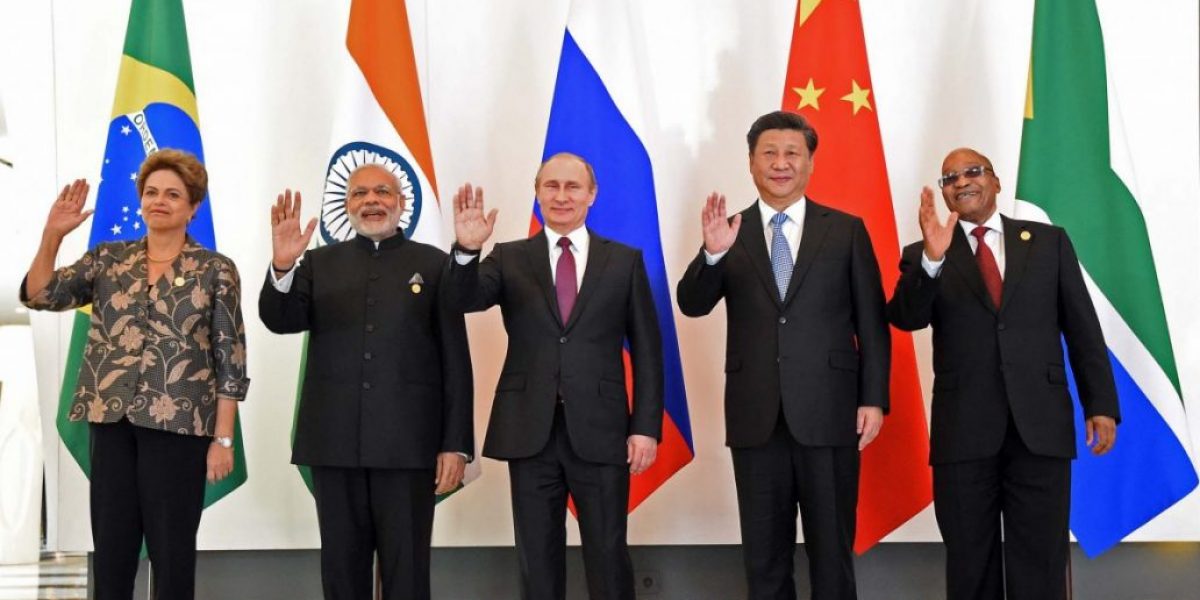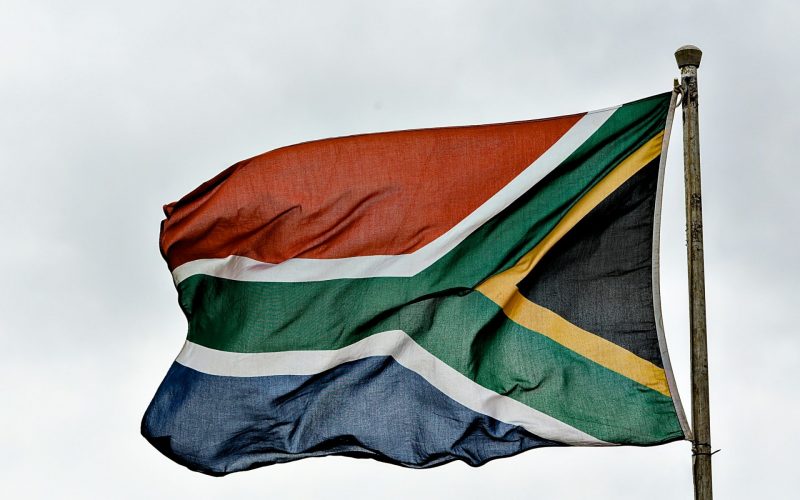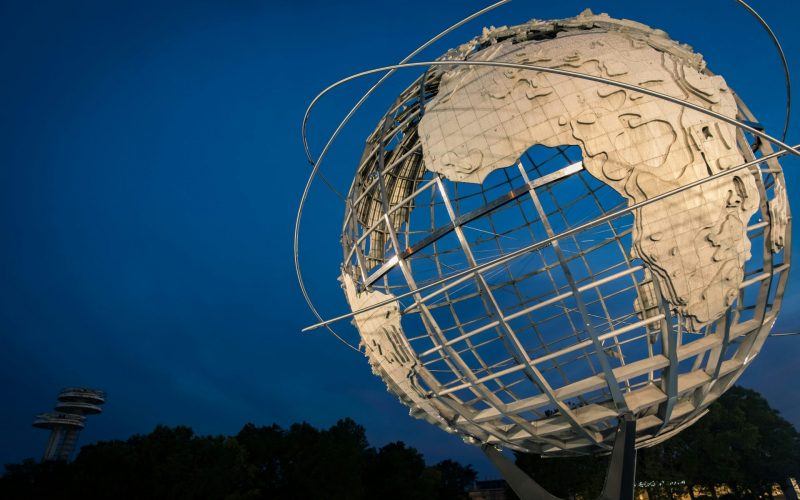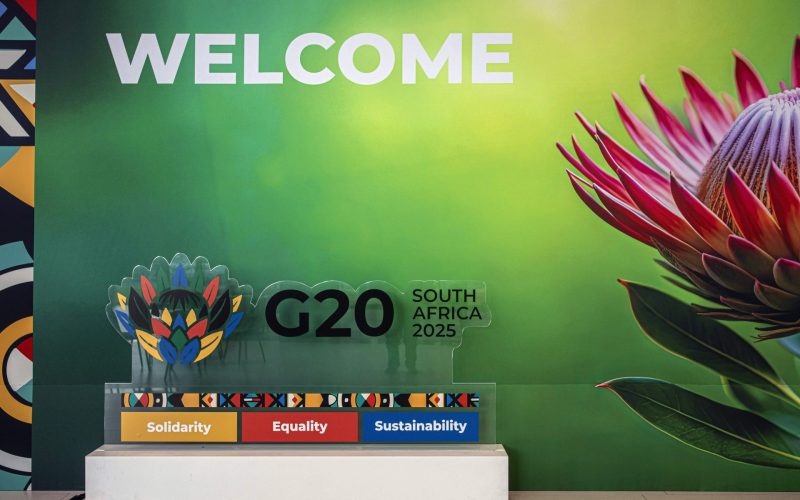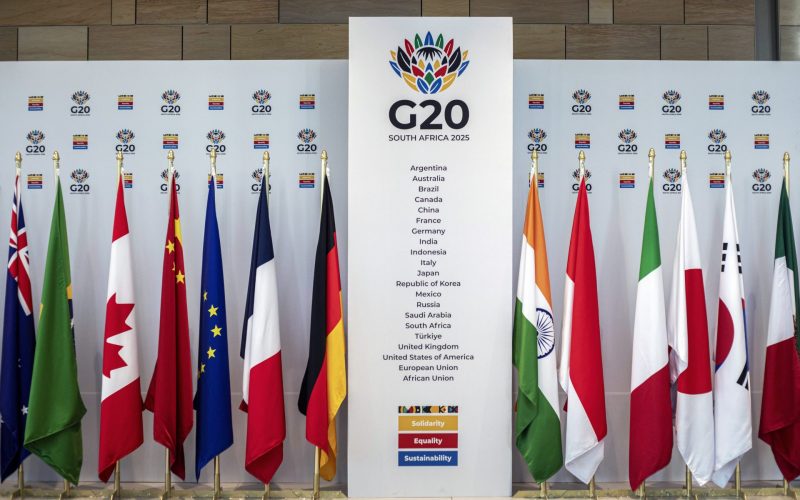But if the country is to justify a place at the forefront of the Newly Industrialising Economies (NIEs), its economic performance will need to match up to its ambitions.
Unfortunately, proposals for “strategic” industrial and trade policies put forward by its government, with COSATU and parts of business in support, seem unlikely to achieve that goal. Rather than promoting growth, exports, sustainable new jobs and industrial upgrading, as their authors hope, the proposals could turn out to be a costly mistake that would slow or set back the country’s development. Far from offering a prosperous new future, many of them look like throwbacks to the past.
Although details remain to be settled, the broad outlines of the thinking behind the proposals seems clear. It holds that the fast track to economic development lies through a combination of a weaker currency, and direct government intervention in a range of sectors through state subsidies and selective increases in import barriers intended to give South African producers a “breathing space” in which to sharpen their competitiveness.
Central to the approach are the assumptions that governments are better than markets at “picking winners” and that carefully-targeted state support for “infant industries” will incubate tomorrow’s national champions. Such ideas are not new: many other countries, including advanced ones, have sought at various times to put them into practice – with debatable results.
Such policies may have helped to create some successful enterprises. But it is difficult to be sure, because the evidence is far from conclusive: too often, their defenders assume post hoc means propter hoc. The critical drivers of commercial success are complex and not always easy to pin down. Some companies that went on to do well might have done so anyway for reasons unrelated to government support. We simply cannot know.
What is indisputable is that in many cases such policies have failed, often at immense cost. Examples from the recent past include “Japan Inc’s” fruitless ambitions to take on the world in civil aerospace and pharmaceuticals; Indonesia’s misguided attempts to build commercial aircraft; Malaysia’s chronically loss-making Proton car project; France’s doomed efforts to achieve leadership in computers and consumer electronics; and Singapore’s ill-fated state-led investment drive in China.
Picking winners can be a hazardous game. It means second-guessing market demand and taking big risks of a kind that governments are not well-equipped to assess or manage. It is also discriminatory, because it privileges one group of chosen companies over others that do not benefit from special official favours. Yet the latter often contribute much more to wealth creation.
China’s large and politically well-connected state-owned enterprises enjoy preferential access to finance and, often, market monopolies. But they have been decidedly less effective at generating jobs and exports than private companies, many of which struggle to obtain credit and face numerous official barriers. India’s big recent business success stories – software and IT services, low-cost domestic airlines, mobile telecommunications and generic pharmaceuticals – are the work of entrepreneurial private companies that have flourished by breaking free from the country’s stifling bureaucratic constraints.
It seems optimistic, too, to suppose that raising tariffs selectively sector-by-sector in an effort to shelter indigenous producers will, as South Africa’s proposals envisage, breed more dynamic industries. That is not only a recipe for bureaucratic complexity; it is based on the curious idea that companies are made more competitive by reducing the pressures on them to compete. More likely, the result will be the exact opposite.
South Africa’s relatively high labour costs make steady increases in productivity – making more goods and services with the same or fewer inputs – a priority. Exposure to international competition through trade has been shown to be one of the most effective ways to achieve it. Raising import barriers, conversely, robs producers of a potent incentive to perform.
The architects of China’s sweeping trade liberalisation and economic reforms in the 1990s understood that. Tearing down import barriers and opening the country’s market to all-comers, they reasoned, would spur its inefficient domestic producers to modernise and restructure. China’s dazzling growth and its industries’ expansion since then testifies to the benefits of its unilateral liberalisation.
India has also increasingly been influenced China’s example. Spurred on by its own 1991 crisis, it has dismantled structural obstacles to growth and liberalised barriers to imports and inward investment. Admittedly, progress has been halting and has sometimes been reversed. But the prevailing view in New Delhi and in a growing number of Indian states is that the long-term trend can only be in one direction.
Enthusiasts of “infant industry” protection often argue that it is only an interim measure and will be removed once the beneficiaries grow strong enough not to need it. That defies the evidence of history. In trade protection, few things are more permanent than the temporary. “Just give us a little more time” has been the cry of protected industries down the ages. Given the efforts they tend to devote to currying favour with governments and winning political influence, it takes a brave policymaker to resist their pleas.
But of all the weaknesses of the proposed strategy, the biggest is that it appears to be based on obsolete concepts that are ill-adapted both to South Africa’s particular circumstances and to the realities of successful industrialisation in the 21st century. To see why, look at how the east Asian tigers – the role model for aspiring NIES – developed.
Undeniably, the early tigers, Japan and South Korea, made extensive use of import barriers, industrial dirigisme and state-directed credit during their formative years (though the role of the second of these is often over-rated). Their industrialisation was also largely home-grown, with little contribution from foreign investors: indeed, such participation was actively discouraged.
However, and partly as a result of their achievements, the world economy has been profoundly transformed since Japan and Korea set out to industrialise. Capital has become internationally far more mobile; technology has shrunk time and distance; knowledge has become a critical determinant of competitive advantage, placing a premium on skills; consumer choice has proliferated; and the pace of innovation has accelerated dramatically, leading to ever shorter product life cycles.
The prosperity of China and other subsequent east Asian tigers has depended on harnessing those global trends. The key to their development – increasingly emulated by NIES elsewhere – has been to integrate rapidly with the world economy, notably by linking themselves into the global production chains that today criss-cross the region and generate much of its internal trade.
Those chains, which have developed over the past 20 years, optimise efficiency by “fragmenting” production, locating each stage where it is performed most cost-effectively. Typically, components will pass through factories in several different countries before being marshalled for final assembly, usually in China. The finished products are then shipped to markets worldwide.
The system grew up thanks to investments by multinational companies, many based outside the region, that build and operate the chains. Not only have they become a mainstay of economic output and employment in east Asia – more than half of China’s exports are produced in plants that are wholly or partly foreign-owned – but they are highly valued as sources of technology, knowhow, training and management skills and other “soft” assets vital to the NIEs’ development.
The fierce competition to attract such investments has spurred emerging economies in east Asia to open up their economies by lowering import barriers and bulldozing obstacles to doing business. Indeed, the race to woo foreign investors is now global: witness the rash of “national competitiveness” surveys that rank countries by their attractiveness to business.
That is the world in which South Africa must compete. True, the country’s geographic location, far from the world’s richest markets, may make it difficult to transplant exactly the model pioneered by the east Asian NIES. But it can still learn lessons from them.
One is that the focus of manufacturing is increasingly global. Few foreign producers would be interested in setting up shop mainly to serve a relatively small South African home market ringed by trade barriers and subject to government intervention shaped by the demands of local producers unready to face foreign competition.
Another lesson is that increasing economic openness is only one part of the east Asian NIEs’ growth story. Equally important are good basic education systems that make school-leavers readily employable, flexible labour markets, efficient modern infrastructure and high domestic savings rates that generate capital for investment.
South Africa trails internationally on several of these criteria, in some cases badly. If it is to join the ranks of the economic high-flyers, it needs to tackle those shortcomings decisively. Hopes that it can muddle through instead by means of selective protectionism, government intervention and second-guessing the market are destined to disappointment.

